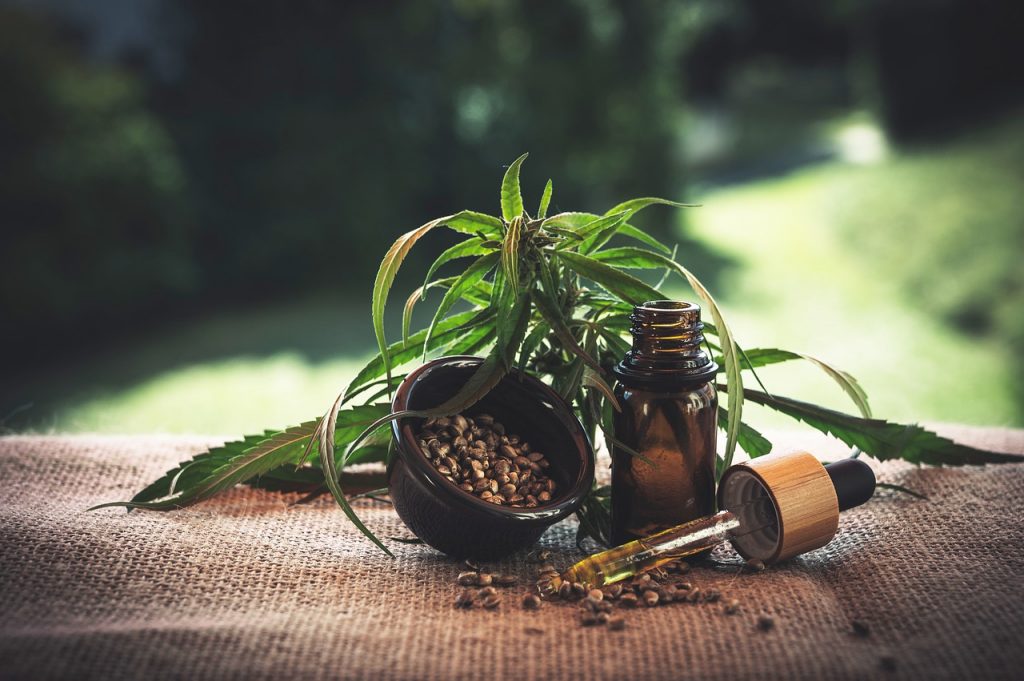In November 2016, California became the sixth state to allow for the sale of cannabis to adults age 21 and older. The passage of Proposition 64, the Adult Use Marijuana Act, legalized the recreational use of marijuana for adult consumers, and made California the world’s largest legal consumption market. Dispensaries officially opened to the public on January 1, 2018, and began sales of adult-use cannabis.
Countless cannabis attorneys in California specialize in marijuana law. McAllister Garfield is a full-service marijuana business law firm based in California. It navigates legal strategies for the cannabis industry. Since the emergence of the first marijuana businesses in 2009, McAllister Garfield has represented medical and recreational dispensaries, growers, infused-product manufacturers, and testing laboratories. They also work with ancillary businesses such as vendors, social media companies, consultants, investors, and lenders.
McAllister Garfield played an essential role in helping Colorado transition from an unregulated to a regulated market and is poised to help California entrepreneurs make the same transition. The firm represents leading marijuana companies in California, Colorado, Oregon, and Michigan.
Below is a quick breakdown of California state marijuana laws.
Possession and purchase
Adult cannabis consumers must abide by specific possession laws. Under the marijuana act, it’s legal to possess a maximum of 28.5 grams of marijuana flower, 8 grams of marijuana concentrates (think hash, oil, butter, kief), and a maximum of six plants in a residence. Note that personal plants must grow away from public view.
Cannabis products can be purchased at legally licensed dispensaries by adults 21 and older who present valid government-issued identification. By law, all products sold are tested for purity, contaminants, and potency. Products are labeled with levels of THC, CBD, and all active compounds. Authorized public dispensaries are required to post their permits in public view.
Consumption
The law clearly defines where recreational marijuana can be consumed. Smoking in any public area or space or anywhere banning tobacco use isn’t permitted. Additionally, it’s forbidden to consume marijuana within 1,000 feet of a school, youth center, or day care. Smoking in public can earn a fine of $100 to $250.
Smoking is clearly defined as the combustion, inhalation, or the carrying of a heated device or vaporizer meant for inhalation. Aerosols and ingestion also fall under the category of consumption.
The only places to legally consume marijuana are private residences, any structures on private grounds that are secure from the public, or any other form of private property.
When it comes to marijuana and driving, the two don’t mix. It’s just as illegal to drive high as it is to drive inebriated. The ramifications for driving under the influence of marijuana include probation, fines or loss of license, and jail time. Penalties increase in severity with repeat offenses.
Operating a vehicle while in possession of marijuana is allowed as long as it’s in a sealed container out of the reach of the driver. The safest option is to keep products sealed and in the trunk of a car. Passengers are also prohibited from smoking inside the vehicle.
Cultivation
For those California residents with a green thumb, the law states that a single household may own and grow no more than six marijuana plants at once. The crop can only be grown away from public view and must be kept in a secure space. Yields over 28.5 grams must be securely stored in the grower’s private residence.
Exporting marijuana across state lines is out of the question, even if the state the product is exported to has also legalized recreational marijuana.

